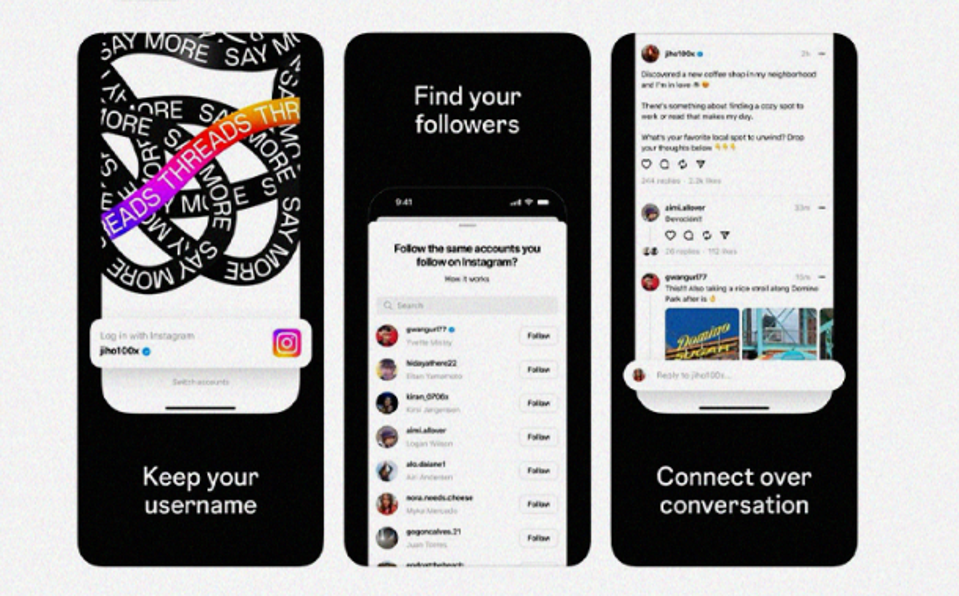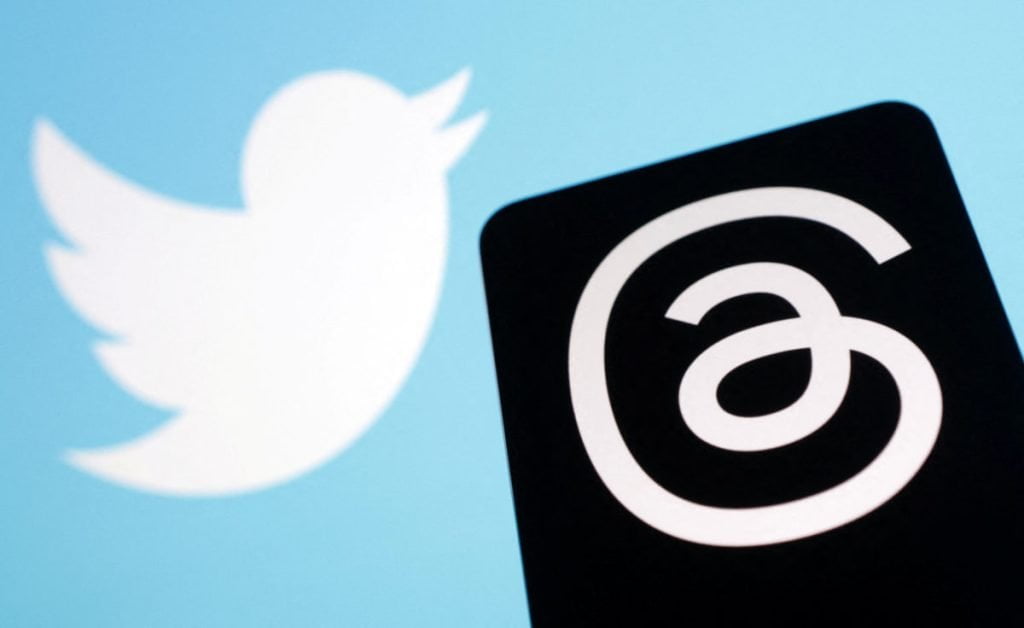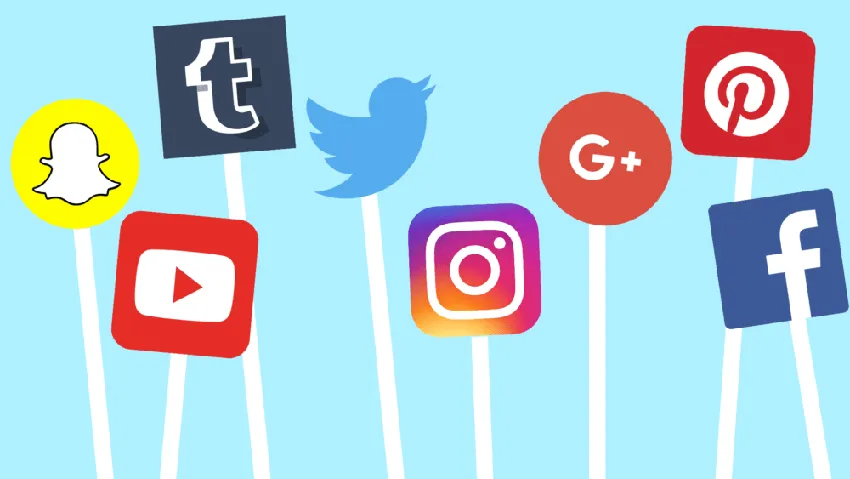In today’s digital age, where social media platforms are abundant, choosing the right platform to maximize engagement is crucial for any content strategy. With its fast-paced nature and concise messaging, Twitter has become a go-to platform for many brands and influencers. However, the emergence of Threads, a feature on Twitter that allows users to connect multiple tweets in a single threads, has added a new dimension to content creation. This raises the question: which one is more effective in capturing and retaining audience attention? In this article, we will dive into the pros and cons of both Twitter and Threads to help you make an informed decision for your content strategy. Whether you are a brand looking to boost your online presence or an individual trying to build a personal brand, understanding the strengths and weaknesses of each platform is key to maximizing social media engagement and achieving your goals. So, let’s explore the intricacies of Twitter and Threads and discover the best fit for your content strategy.
The Importance of Engagement in Content Strategy
Engagement is the lifeblood of any content strategy. It is the measure of how well your audience interacts with your content, whether it’s through likes, comments, shares, or click-throughs. The more engaged your audience is, the more likely they are to become loyal followers, customers, or advocates for your brand. Therefore, it is essential to choose a platform that allows you to effectively engage with your target audience.
Understanding the Difference Between Twitter and Threads

Twitter is a microblogging platform that limits users to 280 characters per tweet. It is known for its real-time updates, trending topics, and fast-paced nature. On the other hand, Threads is a feature on Twitter that allows users to connect multiple tweets in a single threads. Threads are useful for telling longer stories, sharing in-depth thoughts, or providing step-by-step instructions. While both Twitter and Threads by Instagram exist within the same platform, they offer distinct advantages and disadvantages when it comes to content strategy.
Pros and Cons of Using Twitter for Content Strategy
Twitter’s greatest strength lies in its ability to deliver information quickly and concisely. The platform’s character limit forces users to be creative and get straight to the point. This brevity makes it easy for users to consume content on the go, making it ideal for capturing attention in a fast-paced environment. Additionally, Twitter’s real-time nature allows for immediate interaction and engagement with your audience. You can join trending conversations, respond to comments, and share updates in real-time.
However, the fast-paced nature of Twitter can also be a drawback. With thousands of tweets being sent every second, it’s easy for your content to get lost in the noise. The short lifespan of tweets means that they have a limited shelf life, and it can be challenging to achieve long-term visibility. Furthermore, the character limit can be restrictive when it comes to sharing detailed or nuanced information. If your content requires more explanation or context, you may find Twitter’s limitations to be a hindrance.
Pros and Cons of Using Threads for Content Strategy
Threads, on the other hand, offers a solution to the character limit problem on Twitter. By connecting multiple tweets in a single threads, you can share longer-form content and provide more context to your audience. Threads are especially useful for storytelling, breaking down complex topics, or sharing step-by-step guides. The ability to create a cohesive narrative within a threads can help you capture and retain your audience’s attention.
Another advantage of using Threads is that it allows for easy navigation and consumption of content. Instead of scrolling through a timeline, users can simply read through a threads, making it easier for them to follow along with your content. Additionally, threads have a longer lifespan compared to individual tweets. They can be shared, bookmarked, and revisited by your audience, giving your content more visibility and longevity.
However, creating a compelling threads requires careful planning and execution. Each tweet in the threads should be able to stand alone while contributing to the overall story or message. It can be challenging to maintain the flow and coherence of a threads, especially when it involves multiple tweets. Furthermore, threads can be time-consuming to create, as they require more thought and effort compared to individual tweets.
Factors to Consider When Choosing Between Twitter and Threads
When deciding between Twitter and Threads for your content strategy, several factors need to be considered. First and foremost, you need to understand your audience and their preferences. Are they more likely to engage with shorter, bite-sized content, or do they prefer more in-depth information? Conducting audience research and analyzing your existing engagement metrics can help you determine the type of content that resonates best with your target audience.
Additionally, you should consider the nature of your content. Is it better suited for quick updates and news, or does it require more context and explanation? If your content is highly visual or relies on multimedia, Twitter’s limitations may not be suitable for your needs. On the other hand, if your content can be effectively conveyed in shorter bursts or if you have a knack for storytelling, Threads may be a better fit.
Lastly, your available resources and time commitment should also be taken into account. Creating engaging content on Twitter requires consistent effort and active participation in conversations. If you have limited time or resources, it may be more manageable to create compelling threads that can be planned and scheduled in advance.
Examples of Successful Content Strategies on Twitter

To give you a better understanding of how Twitter can be effectively used for content strategy, let’s explore a few examples of successful brands and individuals on the platform.
- Wendy’s: The fast-food chain Wendy’s is known for its witty and engaging Twitter presence. They leverage the platform’s real-time nature to respond to customer inquiries, join trending conversations, and share humorous content. Wendy’s has mastered the art of creating viral tweets that generate engagement and brand awareness.
- Elon Musk: The CEO of Tesla and SpaceX, Elon Musk, is a prolific Twitter user. He uses the platform to share updates about his companies, engage with his followers, and even make major announcements. Musk’s tweets often spark conversations and generate buzz, making him a master of engaging content on Twitter.
- National Geographic: National Geographic uses Twitter to share stunning visuals, captivating stories, and promote their content. They leverage the platform’s hashtag feature to join relevant conversations and increase their reach. By providing valuable and shareable content, National Geographic has built a strong and engaged following on Twitter.
Examples of Successful Content Strategies on Threads

To demonstrate the potential of Threads for content strategy, let’s explore a few examples of individuals and brands that have successfully utilized this feature on Twitter.
- EricaJoy: EricaJoy, a former Google employee and diversity advocate, often uses Threads to share her personal experiences, thoughts, and advice. Her threads tackle important topics such as diversity in tech and career development. By leveraging the storytelling capabilities of Threads, EricaJoy creates engaging and thought-provoking content that resonates with her audience.
- Talia Jane: Talia Jane, a writer and social media influencer, uses Threads to share personal anecdotes, observations, and reflections on various topics. Her threads often include humor, vulnerability, and relatable content, which has helped her build a loyal following on Twitter.
- NASA: NASA frequently uses Threads to share updates on their missions, explain complex scientific concepts, and provide in-depth information about their discoveries. By utilizing Threads, NASA can share detailed content while maintaining the attention of their audience. Their threads often include images, videos, and interactive elements, making them highly engaging and informative.
Tips for Maximizing Engagement on Twitter
To maximize engagement on Twitter, consider implementing the following strategies:
- Use visuals: Incorporate images, videos, and GIFs into your tweets to make them more visually appealing and eye-catching. Visual content tends to generate higher engagement and increase the chances of your tweets being shared.
- Leverage hashtags: Research and use relevant hashtags to increase the reach of your tweets. Hashtags help you join conversations and make your content discoverable by users interested in specific topics.
- Engage with your audience: Respond to comments, questions, and mentions in a timely manner. Engaging with your audience shows that you value their input and helps build a strong connection with them.
- Share valuable content: Provide valuable and informative content that your audience can benefit from. This can include tips, advice, industry insights, or behind-the-scenes glimpses. When your audience finds your content valuable, they are more likely to engage and share it with others.
- Experiment with different formats: Don’t be afraid to try different types of content, such as polls, quizzes, or short videos. Experimenting with different formats can help you discover what resonates best with your audience and drives engagement.
Tips for Maximizing Engagement on Threads
To create engaging threads on Twitter, consider implementing the following tips:
- Plan your threads: Before diving into creating a threads, plan out the structure and flow of your content. Each tweet should contribute to the overall narrative and be able to stand alone.
- Use concise and engaging headlines: Craft compelling headlines for each tweet in your threads to capture your audience’s attention and entice them to continue reading.
- Include visuals and multimedia: Incorporate images, videos, and interactive elements into your threads to make it more engaging and visually appealing.
- Encourage interaction: Prompt your audience to engage with your threads by asking questions, inviting them to share their thoughts, or encouraging them to retweet and share the threads with others.
- Cross-promote your threads: Share snippets or teasers of your threads on other social media platforms or your website to drive traffic and increase visibility.
Conclusion: Making the Right Choice for Your Content Strategy
When it comes to maximizing engagement, both Twitter and Thread have their own unique strengths and weaknesses. Twitter’s fast-paced nature and concise messaging make it ideal for delivering quick updates and engaging with your audience in real-time. On the other hand, Thread allows for longer-form content, storytelling, and in-depth explanations.
AI is boosting everything so if you want to know more about Digital Marketing trends 2023 do read this: https://zehrajabeen.com/unveiling-the-future-top-10-exciting-digital-marketing-trends-to-watch-in-2023/
To make an informed decision for your content strategy, consider your audience’s preferences, the nature of your content, and your available resources. Experiment with both Twitter and Thread to find the right balance that allows you to effectively engage with your target audience and achieve your goals.
Remember, engagement is not a one-size-fits-all approach. The key is to continuously analyze and adapt your content strategy based on your audience’s feedback and evolving trends in the digital landscape. By staying agile and responsive, you can maximize engagement and build a strong online presence, regardless of whether you choose Twitter, Thread, or a combination of both. So, go ahead and dive into the world of Twitter and Thread to unlock the full potential of your content strategy



